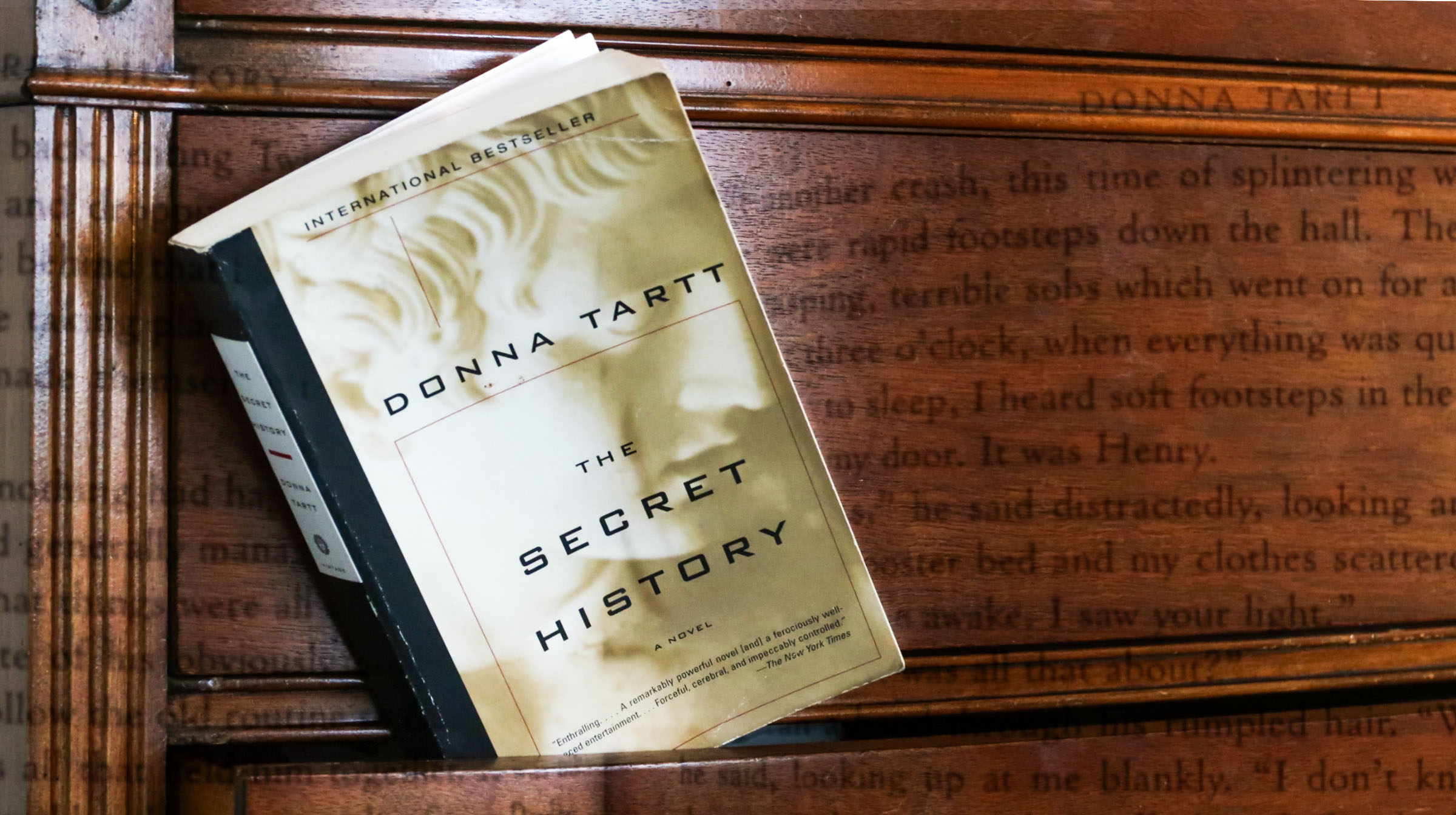Dark academia: the birth of a niche aesthetic genre
From classic literature to modern obsession, the enduring allure of dark stories continues to grow.
Dark academia, a genre that has seen a surge in popularity, blends subcultures and aesthetics to create a unique literary experience. If you are anything like me and have never heard of this genre until last week, thinking it sounded like a new metal rock band, let me break it down for you.
The genre is centered on intellectual pursuits and set against the backdrop of elite academic environments, weaving ominous undertones throughout its narratives. It is characterized by its focus on scholarly pursuits, and a dark, gothic aesthetic. Imagine old libraries, grand architecture, and vintage clothing. Common themes include secret societies, academia, intellectualism, and the pursuit of knowledge. Dark academia draws inspiration from classic literature like Shakespeare, ancient Greek and Roman culture, and Gothic architecture.
The subculture’s roots originated from works such as Peter Weir’s 1989 film Dead Poets Society, The Picture of Dorian Gray by Oscar Wilde, and the cult favourite, The Secret History by Donna Tartt. I have not read the book personally, but the raving reviews and opposing opinions have piqued my interest so much that I purchased it on my Kindle. From the first few pages, The Secret History gives a very much adult version of Harry Potter, but without the magic.
One con that I can feel already is the ever-dooming existential crises. Many of the books described as “dark academia” do not fit into the aesthetic. The definition is quite broad, requiring only an academic setting and a dark undertone, making it quite easy for books to fit the criteria. Now, as it has gained popularity, the genre is not only a literary subculture but a whole aesthetic on social media platforms like Tumblr, Pinterest and TikTok.
That said, dark academia has its share of critics. Some argue that it promotes elitism and presents a narrow, Eurocentric view of education and culture. Additionally, the genre is frequently critiqued for a lack of diversity in its characters and settings.
As the genre continues to grow, new voices are emerging to challenge and expand its boundaries. For example, Leigh Bardugo’s Ninth House introduces elements of urban fantasy to dark academia, exploring themes of class and privilege through a supernatural lens. R.F. Kuang’s Babel takes a more historical approach to examining colonialism and language. Works like Faridah Àbíké-Íyímídé’s Ace of Spades are introducing more diverse perspectives, addressing issues of race and identity within the dark academia framework.
Dark academia’s continuous evolution indicates the enduring allure of stories that mix cerebral pursuits with dark, mysterious undercurrents, which no doubt puts some of us in an eerie mood with the gloomy fall season approaching.

